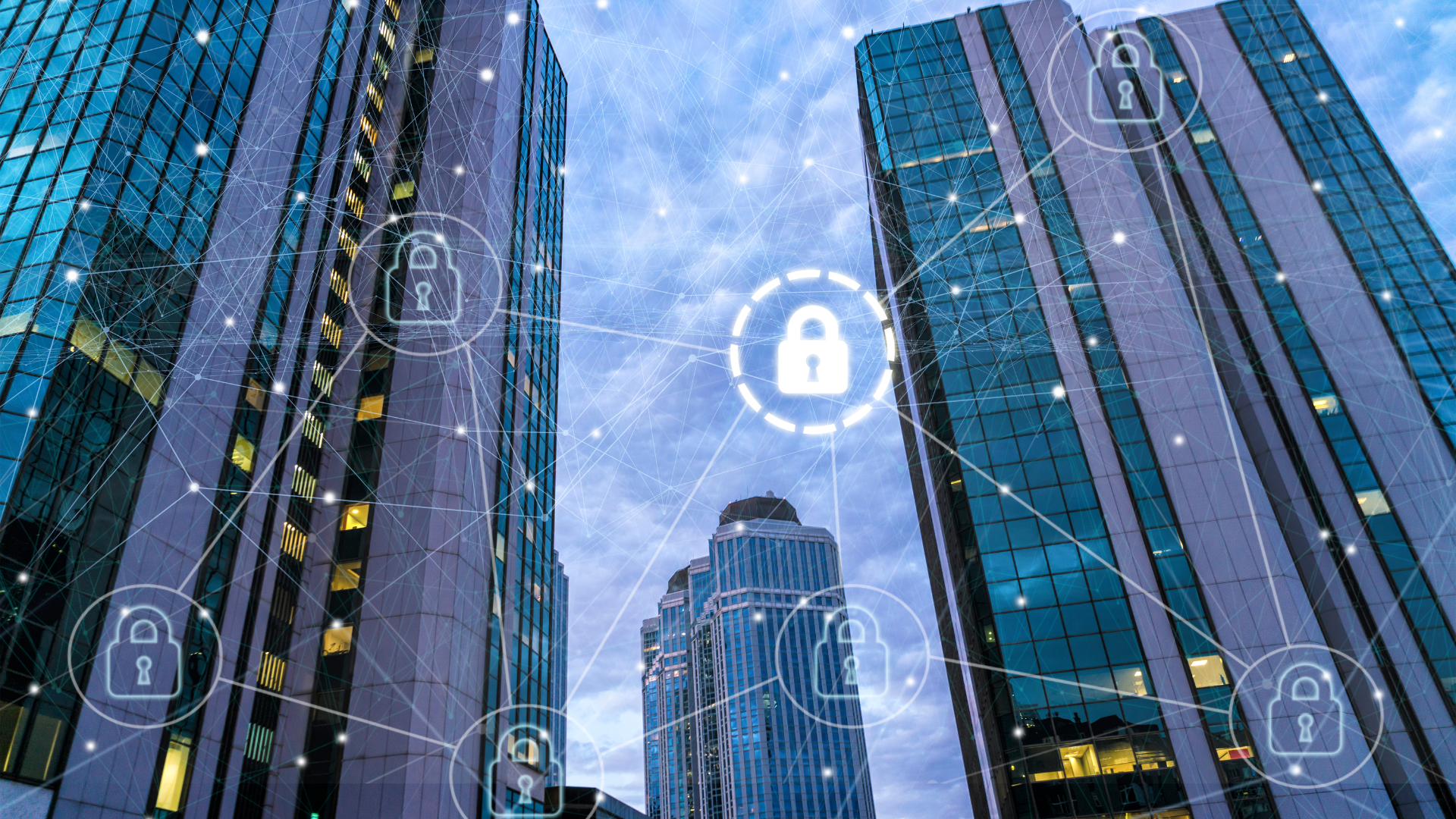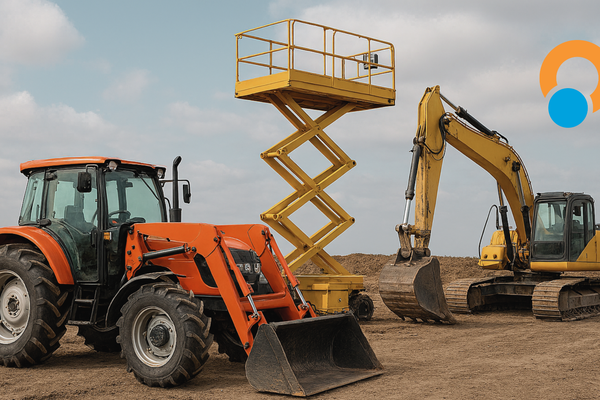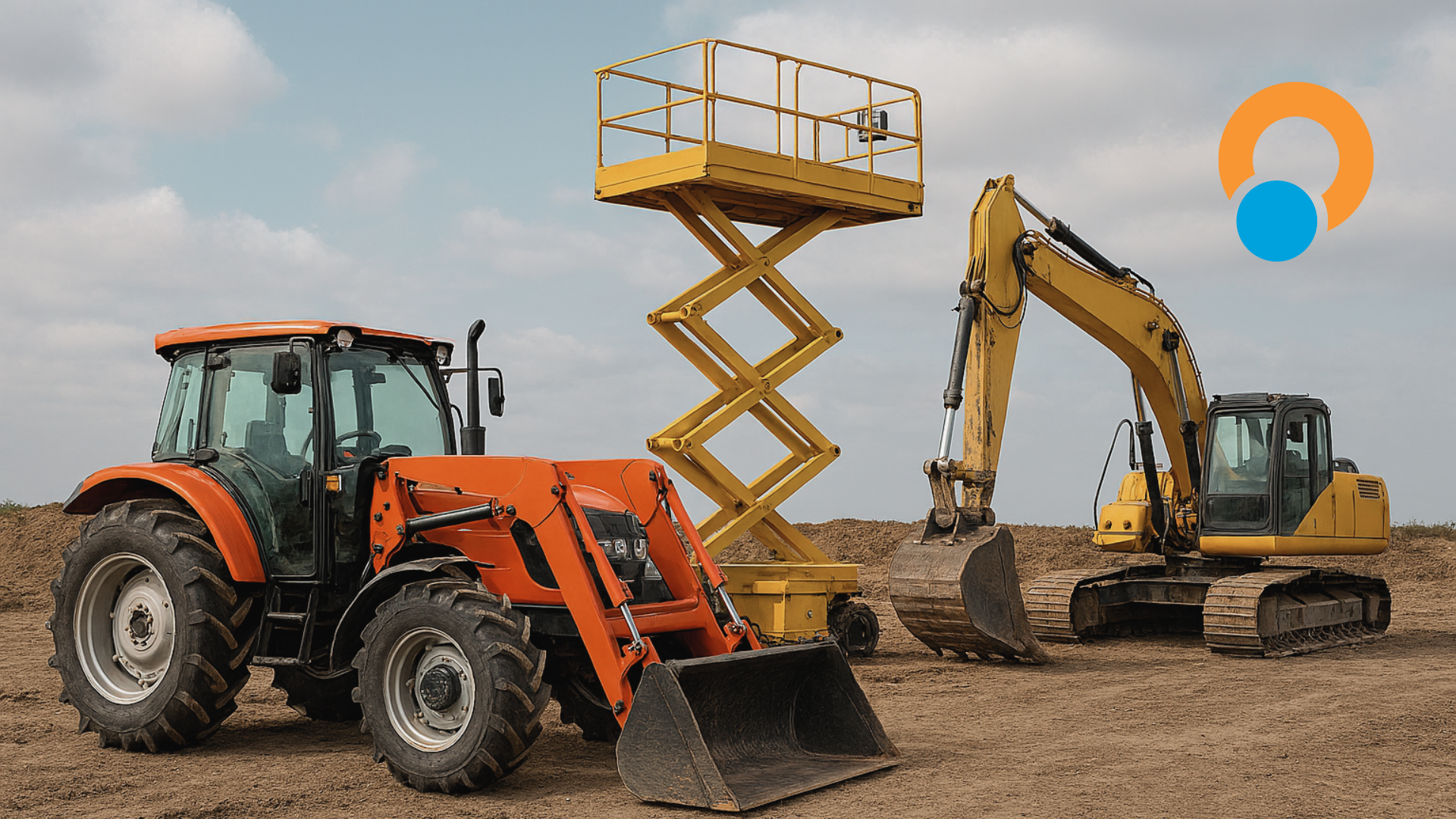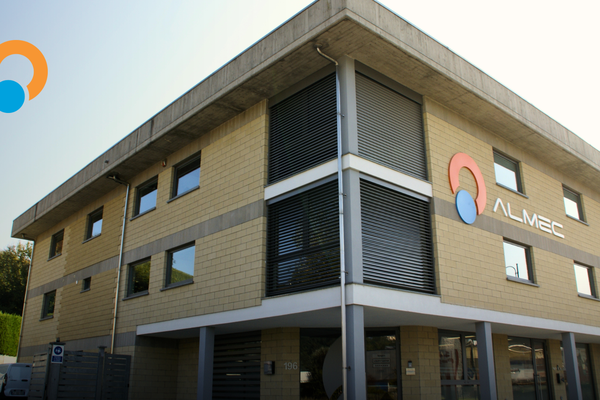Cybersecurity and European Regulations in Mobile Vehicle Electronics
In the ever-evolving world of electronics applied to mobile machinery, cybersecurity has become a strategic component. Digitalization and the massive adoption of IoT (Internet of Things) have transformed the industrial landscape: machinery, sensors, and management software are increasingly interconnected, making factories and vehicles smarter — but also more vulnerable. In this context, cybersecurity is essential to ensure operational continuity, protect sensitive data, and safeguard infrastructure security.
The protection of communication protocols in mobile vehicles has become a fundamental requirement to prevent intrusions, manipulations, and unauthorized access that could compromise the functioning of electronic systems or user safety.

New EU Cybersecurity Regulation: What Changes with NIS2 and the Cyber Resilience Act (CRA)
Cybersecurity is officially becoming a legal requirement across the European Union. Two key texts, the NIS2 Directive and the Cyber Resilience Act (CRA) Regulation, redefine obligations, responsibilities, and timelines for companies, digital products, and the supply chain. Below is an overview to understand who is affected, which products fall within the scope, and how to prepare.
NIS2: More Sectors, More Companies, More Responsibilities
What it is
Directive (EU) 2022/2555, known as NIS2, raises the minimum security standards for networks and information systems in Europe. It was transposed in Italy with Legislative Decree 138/2024, effective from October 16, 2024. From this date, Italian authorities have supervisory and enforcement powers.
Who is included
The directive applies to “essential” and “important” entities listed in Annexes I and II: energy, transport, healthcare, water, public administration, digital infrastructure and online services, waste management, chemicals, and the manufacturing of critical products (vehicles, machinery, electrical equipment, computers, electronics). Classification depends on sector, activity, and size (generally from medium-sized enterprises upwards). By April 17, 2025, each Member State must finalize the list of entities involved.
Main obligations
Risk management and technical/organizational measures (Art. 21)
Governance and management responsibility
Supply chain security
Notification of significant incidents
Sanctions
Up to €10 million or 2% of global turnover for “essential” entities (critical sectors such as energy, transport, banking, healthcare, water, and certain digital infrastructures)
Up to €7 million or 1.4% for “important” entities (less critical but still relevant sectors)
Cyber Resilience Act (CRA): “By Design” Requirements for Digital Products
What it is
The Cyber Resilience Act (CRA), Regulation (EU) 2024/2847, sets cross-cutting security requirements for all products with digital elements (hardware and software). The requirements aim for “by design” secure products, meaning they are designed with security integrated from the start. The regulation has been in force since December 2024 and will become fully applicable from December 11, 2027, with intermediate deadlines already established.
Key Deadlines
11/06/2026 → Compliance and CE marking
11/09/2026 → Obligation to report vulnerabilities and incidents to ENISA (European Union Agency for Cybersecurity)
11/12/2027 → Full application for new products placed on the market
Requirements for Manufacturers
Secure design (“secure by default”, meaning secure from installation)
Vulnerability management and Software Bill of Materials (detailed inventory of all components, libraries, and dependencies, including open source, that make up an application)
Regular security updates
Coordinated vulnerability disclosure policies
Product Categories Covered
The CRA distinguishes:
Important Products (Class I) → identity and access management systems, password managers, browsers, routers, modems, switches, operating systems
Important Products (Class II) → firewalls, IDS/IPS, hypervisors, container runtimes, secure microprocessors and microcontrollers
Critical Products (Annex IV) → devices such as smart meter gateways and secure elements
The EU Commission will publish an implementing act by December 2025 with the technical descriptions of the included categories. The CRA also coordinates with the new Machinery Regulation (EU) 2023/1230 regarding the safety aspects of control systems.

NIS2: More Sectors, More Companies, More Responsibilities
What it is
Directive (EU) 2022/2555, known as NIS2, raises the minimum security standards for networks and information systems in Europe. It was transposed in Italy with Legislative Decree 138/2024, effective from October 16, 2024. From this date, Italian authorities have supervisory and enforcement powers.
Who is included
The directive applies to “essential” and “important” entities listed in Annexes I and II: energy, transport, healthcare, water, public administration, digital infrastructure and online services, waste management, chemicals, and the manufacturing of critical products (vehicles, machinery, electrical equipment, computers, electronics). Classification depends on sector, activity, and size (generally from medium-sized enterprises upwards). By April 17, 2025, each Member State must finalize the list of entities involved.
Main obligations
Risk management and technical/organizational measures (Art. 21)
Governance and management responsibility
Supply chain security
Notification of significant incidents
Sanctions
Up to €10 million or 2% of global turnover for “essential” entities (critical sectors such as energy, transport, banking, healthcare, water, and certain digital infrastructures)
Up to €7 million or 1.4% for “important” entities (less critical but still relevant sectors)
Cyber Resilience Act (CRA): “By Design” Requirements for Digital Products
What it is
The Cyber Resilience Act (CRA), Regulation (EU) 2024/2847, sets cross-cutting security requirements for all products with digital elements (hardware and software). The requirements aim for “by design” secure products, meaning they are designed with security integrated from the start. The regulation has been in force since December 2024 and will become fully applicable from December 11, 2027, with intermediate deadlines already established.
Key Deadlines
11/06/2026 → Compliance and CE marking
11/09/2026 → Obligation to report vulnerabilities and incidents to ENISA (European Union Agency for Cybersecurity)
11/12/2027 → Full application for new products placed on the market
Requirements for Manufacturers
Secure design (“secure by default”, meaning secure from installation)
Vulnerability management and SBOM (Software Bill of Materials – a detailed inventory of all components, libraries, and dependencies, including open source, that make up an application)
Regular security updates
Coordinated vulnerability disclosure policies
Product Categories Covered
The CRA distinguishes:
Important Products (Class I) → identity and access management systems, password managers, browsers, routers, modems, switches, operating systems
Important Products (Class II) → firewalls, IDS/IPS, hypervisors, container runtimes, secure microprocessors and microcontrollers
Critical Products (Annex IV) → devices such as smart meter gateways and secure elements
The EU Commission will publish an implementing act by December 2025 with the technical descriptions of the included categories. The CRA also coordinates with the new Machinery Regulation (EU) 2023/1230 regarding the safety aspects of control systems.
Protocol Security: A Strategic Defense
Implementing secure protocols means adopting advanced solutions such as end-to-end encryption, multi-factor authentication, and incident detection systems. These technologies ensure the protection of exchanged data and strengthen the entire network against external threats.
Adopting cybersecurity measures involves investments in research, development, training, and regular updates, but these represent a strategic investment to ensure protection, reliability, and trust in the long term.
Today, security is not an additional cost: it is an integral part of the value of every technological product.
ALMEC integrates “security-by-design” engineering into control units, gateways, and connected platforms (Diaboard), ensuring that its products meet strict security requirements.
👉 Contact us for a quick assessment of the scope and applicable deadlines for your products and processes: info@almec.net














